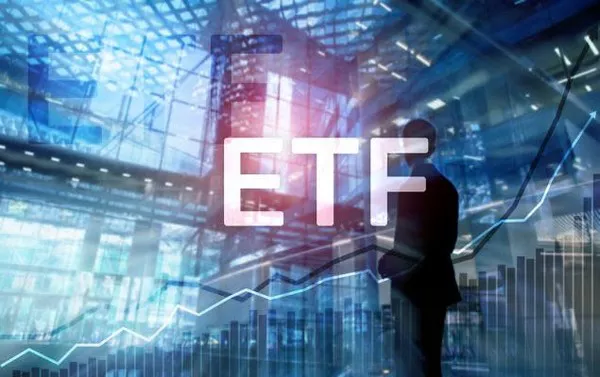In today’s dynamic financial markets, Exchange-Traded Funds (ETFs) have become a popular choice for investors seeking to diversify their portfolios and gain exposure to a wide range of assets. These investment vehicles offer various benefits, including liquidity, low expense ratios, and ease of trading. However, with the ever-expanding options available, it can be overwhelming to select the most suitable ETFs for your investment goals. In this comprehensive guide, we will delve into the key factors to consider when buying ETFs, helping you make well-informed decisions that align with your investment objectives.
I. Understand Your Investment Objectives:
Before diving into the world of ETFs, it is crucial to have a clear understanding of your investment objectives. Ask yourself questions such as:
1.What is my risk tolerance?
2.Am I seeking long-term growth or regular income?
3.What is my investment horizon?
Knowing your goals will help you narrow down the universe of ETFs that align with your specific needs.
II. Assess the ETF’s Underlying Index:
ETFs are designed to track specific indexes representing various markets, sectors, or asset classes. As an investor, you should thoroughly analyze the underlying index of the ETF you’re considering. Ensure it aligns with your investment strategy and risk tolerance. Look for an index that is well-constructed, transparent, and based on sound methodologies.
III. Analyze the Expense Ratio:
Costs matter in investing, and ETFs are no exception. The expense ratio represents the annual fees charged by the ETF provider. As a general rule, opt for ETFs with lower expense ratios, as they can have a significant impact on your long-term returns. However, also consider the overall value proposition and performance history of the ETF to determine if the cost is justified.
IV. Liquidity and Trading Volume:
Liquidity is a crucial aspect when choosing ETFs, as it affects how easily you can buy or sell shares at the current market price. High liquidity ensures minimal bid-ask spreads, reducing trading costs. Check the average trading volume of the ETF and stick to those with substantial trading activity to avoid potential liquidity issues.
V. Diversification and Holdings:
ETFs are known for their diversification benefits, as they hold a basket of securities. Examine the ETF’s holdings to ensure they are well-diversified across companies, industries, or regions. Be cautious of concentrated ETFs with heavy exposure to a single stock or sector, as they can amplify risk.
VI. Performance and Historical Returns:
Past performance is not a guarantee of future results, but it can offer valuable insights into how an ETF has performed in various market conditions. Evaluate the ETF’s historical returns relative to its benchmark and peers over different time frames. Focus on consistent performers with less volatility.
VII. Read the Prospectus and Fund Documents:
To gain a comprehensive understanding of the ETF, thoroughly read its prospectus and fund documents. These documents provide essential information about the fund’s investment strategy, risks, fees, and tax implications. A well-informed investor is more likely to make prudent decisions.
VIII. Consider Tax Efficiency:
ETFs are generally more tax-efficient compared to mutual funds due to their unique structure. However, some ETFs may have specific tax implications, especially those focused on complex derivatives or foreign securities. Consult with a tax advisor to understand how the ETF could impact your tax situation.
IX. Evaluate the ETF Provider:
The issuer or provider of the ETF plays a significant role in its overall performance and reliability. Opt for reputable and well-established providers with a track record of managing successful ETFs. A reliable provider is more likely to adhere to best practices and transparency standards.
X. Review Risk Factors:
All investments carry some level of risk, and ETFs are no exception. Evaluate the risk factors associated with the ETF, including market risk, sector-specific risk, and liquidity risk. Understanding the risks involved will help you make informed decisions and set realistic expectations.
Conclusion:
Selecting the right ETFs is a critical step in building a well-diversified and balanced investment portfolio. By following these guidelines and conducting thorough research, you can enhance your investment experience and improve your chances of achieving your financial goals. Remember always to review and reassess your portfolio periodically to ensure it remains in line with your evolving investment objectives.
Remember, investing involves inherent risks, and it is advisable to seek professional financial advice before making any investment decisions. With a thoughtful approach and disciplined strategy, ETFs can serve as powerful tools for investors looking to build wealth over the long term. Happy investing!


